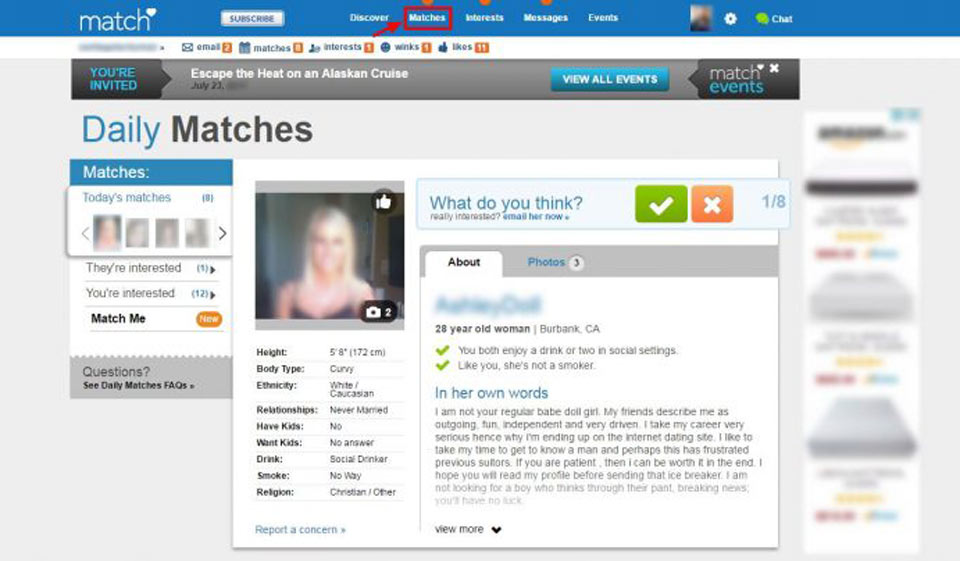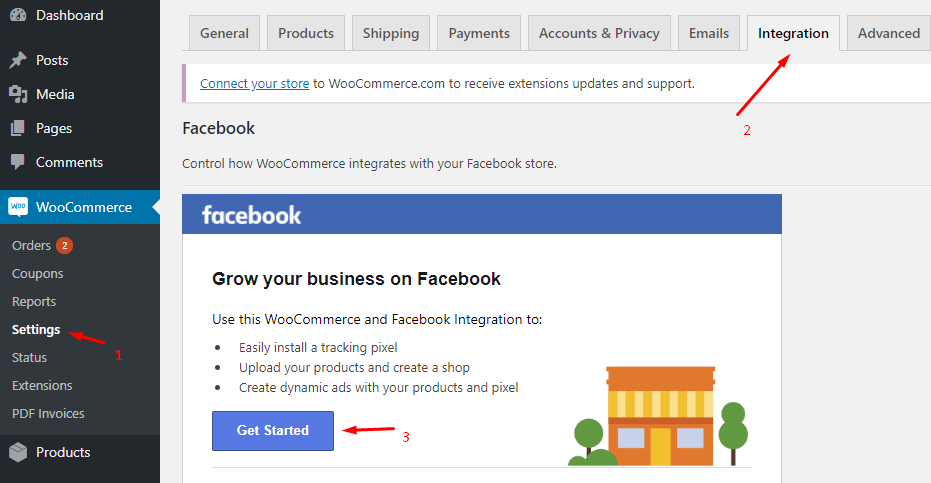
Statistics on customer service show that good customer service can make or break your business. Businesses lose $75 billion annually due to poor customer service. A poor experience makes consumers change vendors, and almost half will switch brands after just one negative experience. Your consumers will be more likely to choose your brand if you have a friendly and helpful customer service rep.
Millennials are a top customer segment
Customer service statistics show that Millennials will pay 21% more to have a brand that offers excellent service. These customers have very different expectations than the rest of us, so it is important that customer service evolves to meet these needs. 63% of millennials contact customer service online. 43% prefer to reach out to companies via their smartphones. Therefore, it is crucial to design a customer support strategy that addresses their needs.
Millennials place more importance on customer service than any other generation. Customer service statistics reveal that millennials would pay more for outstanding customer service than Gen X and the Baby Boomers. They also want to feel that a business cares. However, only 4% of millennials complain about bad customer care, while 96% remain silent. However, those who are unhappy about a service experience will tell at least nine people about it, and 13% will even tell more than 20 people.

Companies lose $75 billion each year due to poor customer service
NewVoiceMedia has revealed that customers who are not satisfied with their service cost businesses $75 billion each year. This is an increase in customer service costs of $13 billion over the previous years. It is now time for businesses to take action. Although it is difficult to pinpoint exactly what causes poor customer service, research shows that many businesses are experiencing internal issues, shifting consumer expectations, and a host other problems. Substandard customer service is costing organizations billions of dollars every year, regardless of its cause.
Studies show that people recall negative experiences more often than positive ones. One bad experience can make a customer lose their loyalty. Even if the customer doesn't complain directly to a company, they can tell up to 16 people about their dissatisfaction, which could lead to them switching to other companies. 51% of customers won't do business with the company again after a bad experience. This is why organizations must make an investment in prevention strategies so that they don't make this costly mistake.
Social media is the second most popular communication channel
Social media is a powerful tool for customer service, providing a 24/7 way to engage with customers. It allows businesses and organizations to reach customers easily, answer their questions quickly, and share important information first. It allows businesses to reach an international audience. However, it is important to know how to use social media properly to ensure your customers are satisfied.
Telephone calls were, historically speaking, the fastest way for customers to get their issues resolved. It also beat out the postal service. Social media has made customer service more personal. Real-time communication is a great way to gain customers and increase sales. A company that responds quickly to social media users will see a 3 to 20 percent increase in sales per interaction.

Millennials are the most sensitive to poor customer services
According to a recent survey, millennials seem more forgiving of poor customer service compared to older generations. According to 39%, millennials would be willing to return to a business if they had poor customer service. In contrast, 23% of older consumers wouldn't mind repeating the bad experience. However, millennials need to improve their customer service if they want to retain their business.
While millennials are a very popular target market, there are some downsides to this generation. The millennial generation is well-known for their sensitive reactions to poor customer service. This has led to many companies trying to reach the generation.